The Biggest Changes One Piece On Netflix Made From The Anime
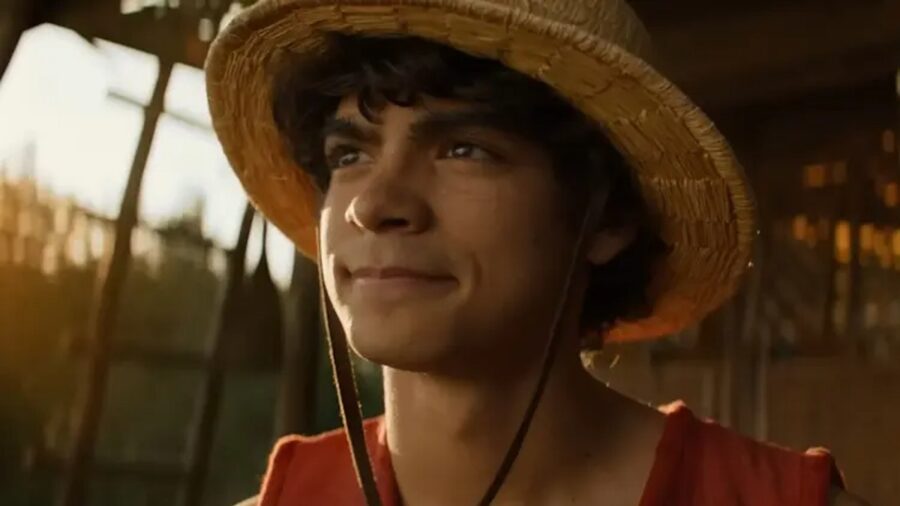
Netflix’s live-action One Piece series may be the best anime adaptation to date, but for all the incredible fight scenes and character designs it brought to life, some of the best parts of the anime were left out. This isn’t every single change, as some were minor, including how Sanji joined the Straw Hat Pirates, but the ones here are the largest.
A few substantial alter the story of One Piece, with one, in particular, going to continue to impact every upcoming story arc.
Garp Was Not As Involved

The live-action One Piece dramatically increases the scope of Garp’s involvement in the early chapters. First, the Vice-Admiral was not present for the execution of Gol D. Roger as he is in the live-action series. Secondly, he doesn’t even appear in the anime until long after the end of the East Blue Saga.
Offering to train Kobe and Helmpoppo happens much later in the anime (and is mostly off-screen), while his dogged pursuit of Luffy from the get-go was an invention for the live-action series. Among all the changes made, including more Garp is one of the best….except for one thing.
The Introduction Of Zoro
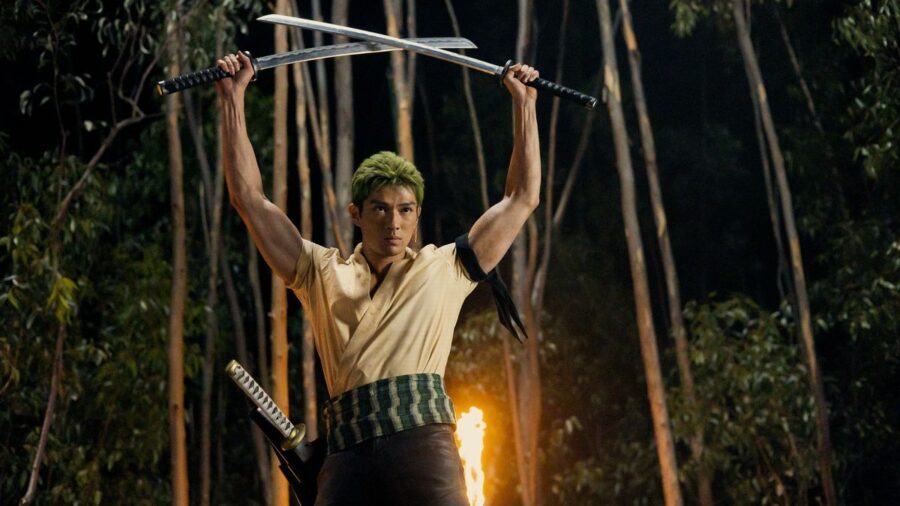
While every character introduction is slightly different, for example, Nami arrives much earlier in the live-action One Piece series, it’s fans first look at Zoro that’s the most different.
Instead of Luffy finding the swordsman in the yard of the Marine base, Zoro is shown on Sixis island having a confrontation with an agent of Baroque Works. The secret organization isn’t part of the anime until the Arabasta Saga, which takes place after the entire East Blue Saga and 62 episodes into the series.
Not only did the live-action One Piece reveal Baroque Works in the first episode, but Zoro and Nami were involved in the bar fight scene, which also included Helmpoppo. In the anime, there’s a flashback to Zoro dealing with Helmpoppo’s dog, but in the Netflix series, it’s much more blatant why the Marine hates the swordsman.
Almost Everything With Buggy Is Different
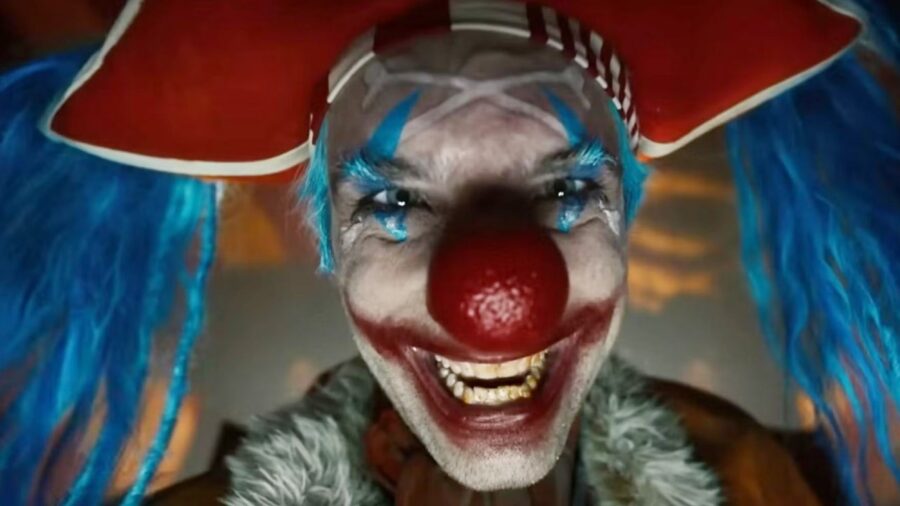
Bringing the Orange Town arc down to just one episode means that a lot will be left out, but frankly, the live-action One Piece sequence changed so much that it’s hard to compare it to the anime. Before Buggy ever appeared, there was a major change, with the map of the Grand Line stolen from Ax Hand Morgan instead of the Star Clown. Then, once Buggy arrived, the episode occurred entirely within the big top circus, not Orange Town.
The townspeople from the anime were all held captive as the audience for Buggy’s show, which cut out the role of the Orange Town Mayor, except for two brief lines towards the end of the episode. Buggy’s crew was dramatically cut down, with the Beastmaster removed entirely, while the acrobat’s role was reduced from a swordfight with Zoro to taunting him while he was a prisoner.
Worse of all, One Piece cut out Chouchou, the small dog defending his owner’s shop from everyone, including pirates, giant lions, and an enraged mob. It sounds strange, but Luffy’s moments with Chouchou helped establish his character as being “a different type of pirate” and is what helped him win over Nami. Finally, Buggy himself sticks around for the rest of the season, when in the anime, he’s missing until the Loguetown arc.
The Missing Characters Of Syrup Island
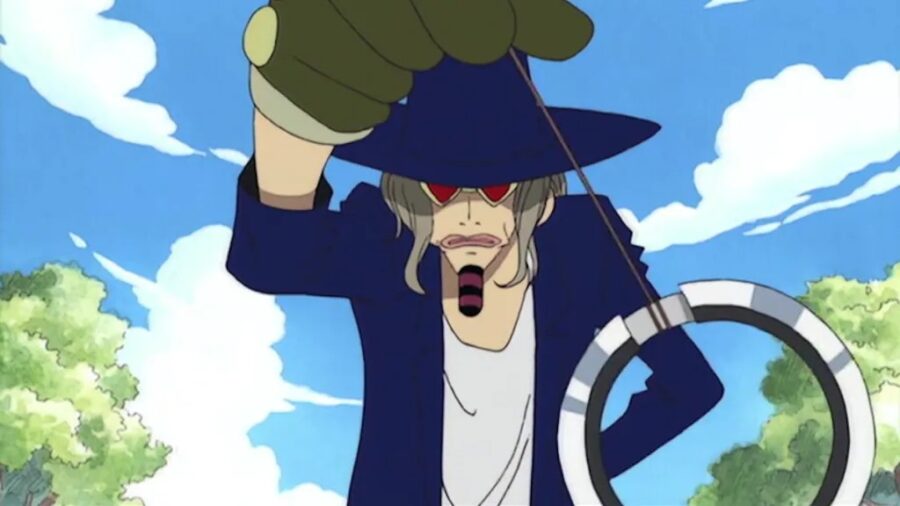
The Syrup Village arc introduces Usoop, the lying sharpshooter who ends up becoming one of the best characters in One Piece. While the live-action series got that part right, almost everything around the basic framework of the story was changed, from the Going Merry being introduced at the beginning and not the end, to the village itself being a bustling port town instead of a tiny hamlet.
Most egregious is the complete disappearance of the Usoop Pirates, the three boys that follow around their Captain. Even worse, Jango the Hypnotist is left out completely, and as one of the strangest characters in the East Blue Saga, it’s a shame that the moon-walking pirate was left out. While it worked well, since the live-action episodes were still fantastic, and resembled a horror movie instead of the off-beat adventure of the anime, we missed the comic relief characters.
The Death Of Merry
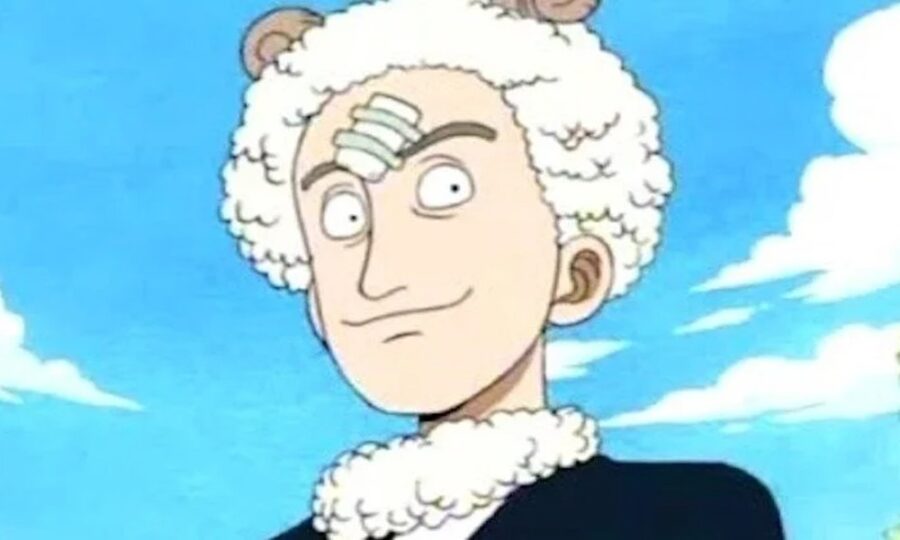
Kaya’s butler, close confidant, and best friend Merry was killed in the live-action series, but in the One Piece anime, he survives the attack of Kugo and the Black Cat pirates. Importantly, he’s the one who hands over the Going Merry to Luffy and his crew. With no Jango, and the Black Cat pirates minimized, the death of Merry is only the largest change of many during the end of the Syrup Village arc.
Kugo is revealed to have been poisoning Kaya, when in the anime, she’s depressed following the death of her parents. This change, as with most made for the live-action series, ends up working out for the best. The involvement of the Marines is nowhere to be found in the anime, but the live-action series created a major moment for Koby, so again, we can forgive the change, but watching Zoro struggle to get up a hill would have been a fantastic visual.
Don Krieg Was Barely In It
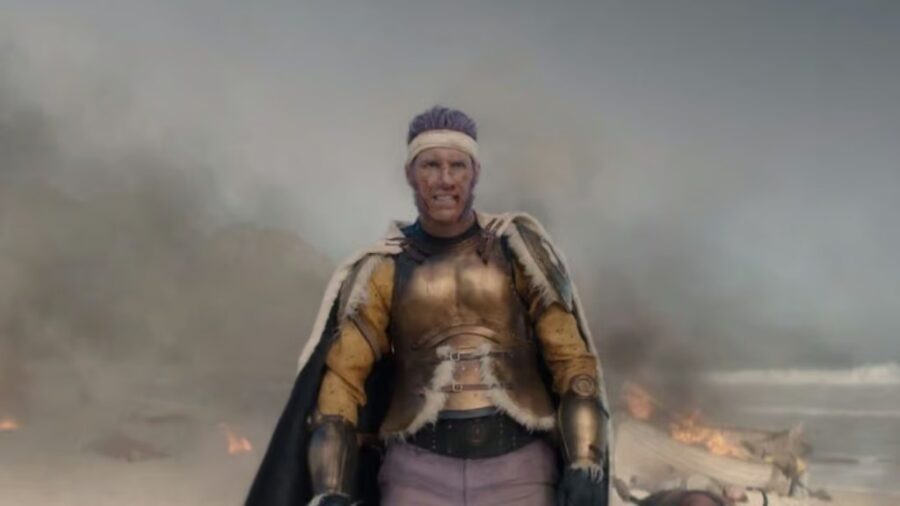
The villainous Don Krieg was reduced to only one scene in the live-action One Piece series instead of being the main villain of the Baratie arc as he was in the anime. The animated Krieg is a fearsome fighter, a gifted strategist, and the leader of an entire fleet of pirates. Live-action Krieg is killed, almost instantly, by Dracule Milhawk.
Steven Maeda, showrunner for Netflix’s One Piece, explained in an interview with IGN, that the series had to establish Arlong as the big bad of Season 1, and, thus, moved up the fish-man’s appearance. Don Krieg, who ultimately didn’t amount to much in the anime, was cut as a result, but they left him in to help establish Milhawk as the “World’s Greatest Swordsman.”
Nami’s Village Went From Supportive To Hatred
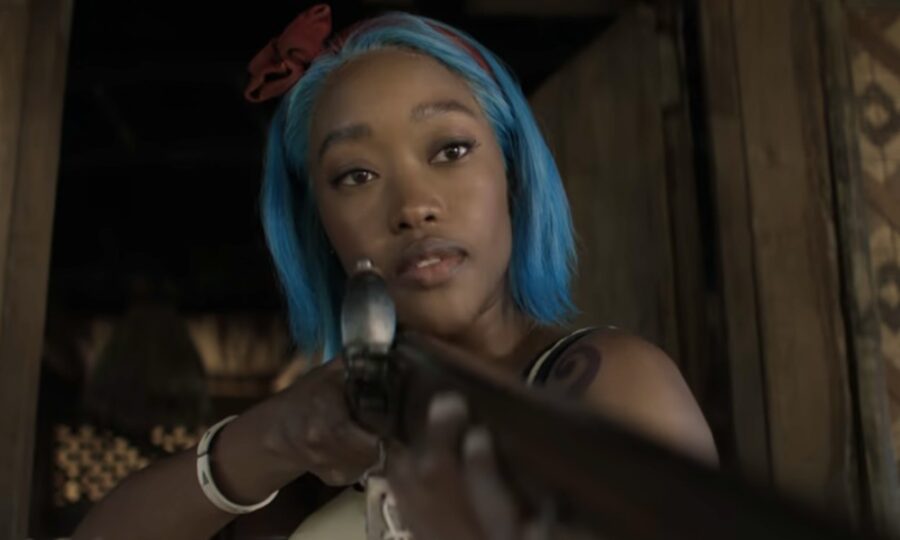
Cocyasi (or Coco) Village, Nami’s hometown, is featured in the fifth arc of One Piece, referred to as the Arlong Park arc, which also introduces her foster sister, Nojiko. Nami’s motivation to collect as much money as she can is revealed to be payment for Arlong to spare her village. However, the live-action series differs dramatically because the villagers aren’t aware of this. In the manga and anime, Nojiko and the villagers are quietly supportive of Nami, with their hatred towards her all an elaborate act to fool Arlong.
Of all the changes that the live-action series made, this is the worst one. Nami’s big character moment, where she finally asks for help, is undercut by the change in the circumstances of her “betrayal.” A running theme from the anime to live-action is that these character moments, which give the series time to breathe and foster growth, were taken out.
Arlong Appears Earlier And Has A Larger Part
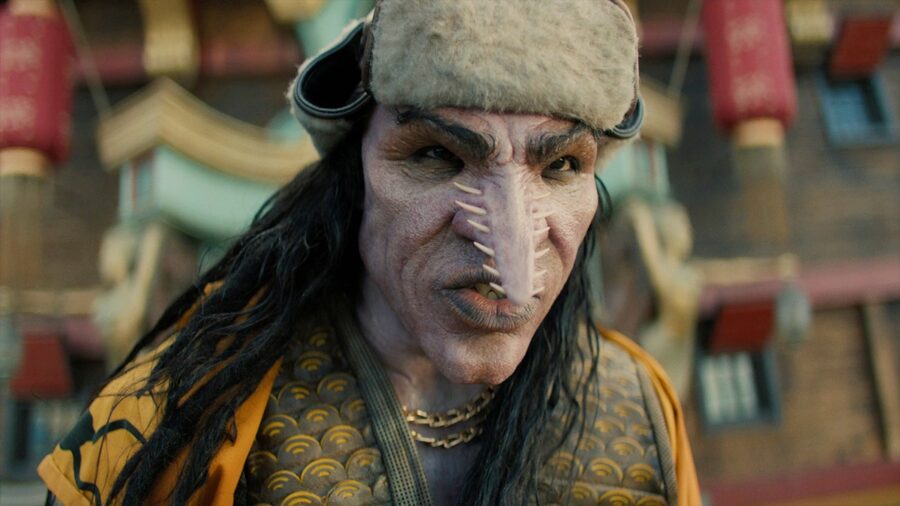
The fish-man Arlong had a slight change from the anime to the live-action series, but it’s meaningful and re-contextualizes the world of One Piece. From dismissive of humans in the anime to out for revenge after generations of oppression, Arlong changed from, using an X-Men analogy, Apocalypse to Magento. He’s still evil and an outright villain, but now he’s at least a little more understandable.
In addition, as mentioned earlier, to make him the big bad evil guy of Season 1, Arlong’s appearance was shifted up an arc to give the audience more time to learn who he is and why he’s so dangerous. Despite the extra screen time, Momoo, the sea cow and part of Arlong’s pirate crew, joined Jango on the cutting room floor.
Garp And Luffy’s Relation Became Public Much Earlier
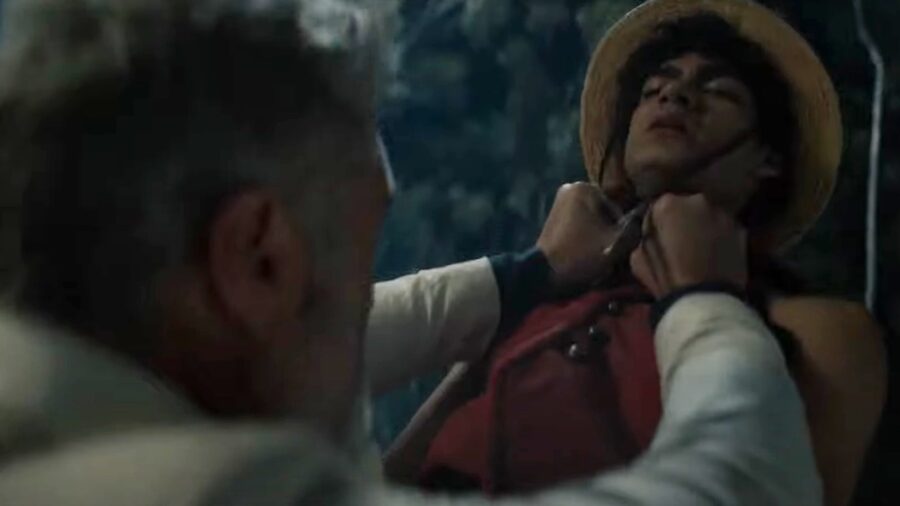
It’s almost comical how, in the live-action series, Luffy shouts out, “Grandpa!?” A revelation that took years in the manga is established within the first few episodes of Netflix’s One Piece. It’s controversial, it’s bold and daring, but we dare say it works.
The relationship between Garp and Luffy is one of the best in the series, as the Hero of the Marines wants his grandchild to succeed but is still loyal to the Marines. It’s complicated and multifaceted, so for the series to go into it right away is a great change. It also works because if Garp is going to be more directly involved in the early arcs, dancing around the family connection would become increasingly contrived.
The Loguetown Arc Is Missing
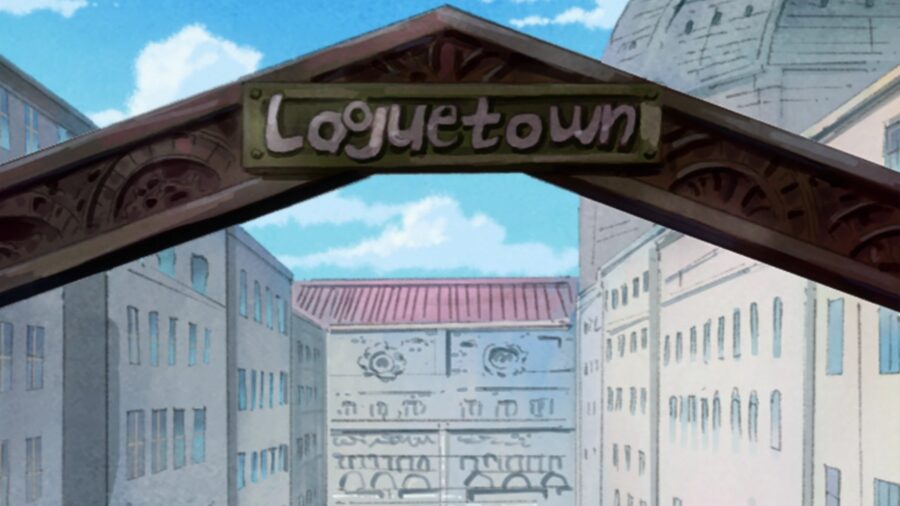
Speaking of family connections, the entire Loguetown Arc, which closes out the East Blue Saga in the anime, was left out of One Piece Season 1. It is hinted at in the closing moments, when Luffy’s wanted poster is destroyed by a mysterious smoking character, who will, eventually, be revealed as Smoker, a Marine captain.
Dragon, a pirate, aids the escape from Smoker and Buggy in the anime. Dragon’s identity will, if other revelations have set the tone, be revealed early in One Piece Season 2. It’s not a major deal that the arc is missing, but when the showrunner and director promised Season 1 would cover the East Blue Saga, shoving the final (and arguably, most important) arc back for Season 2 is a disappointing change.












